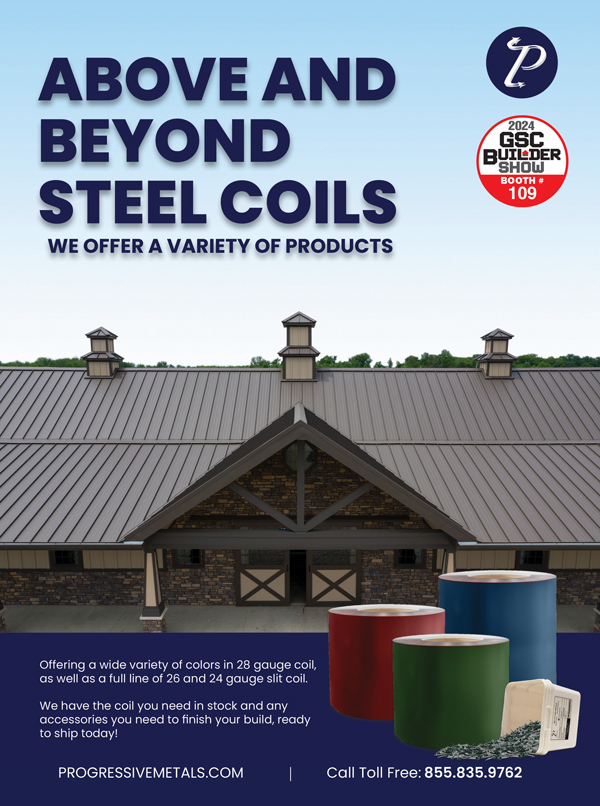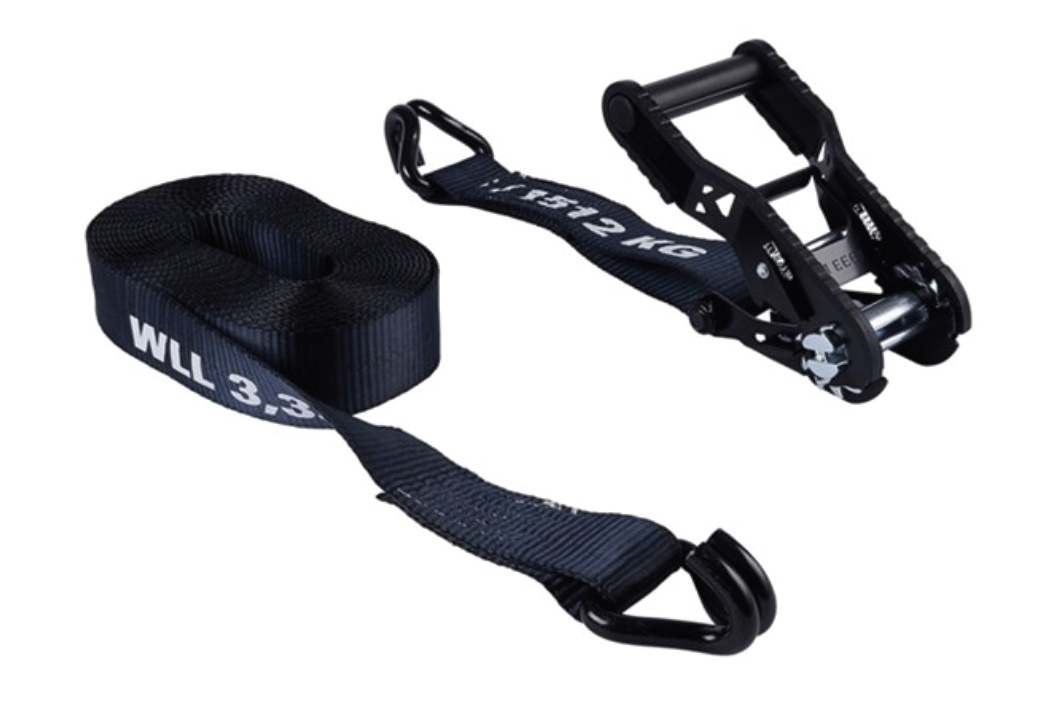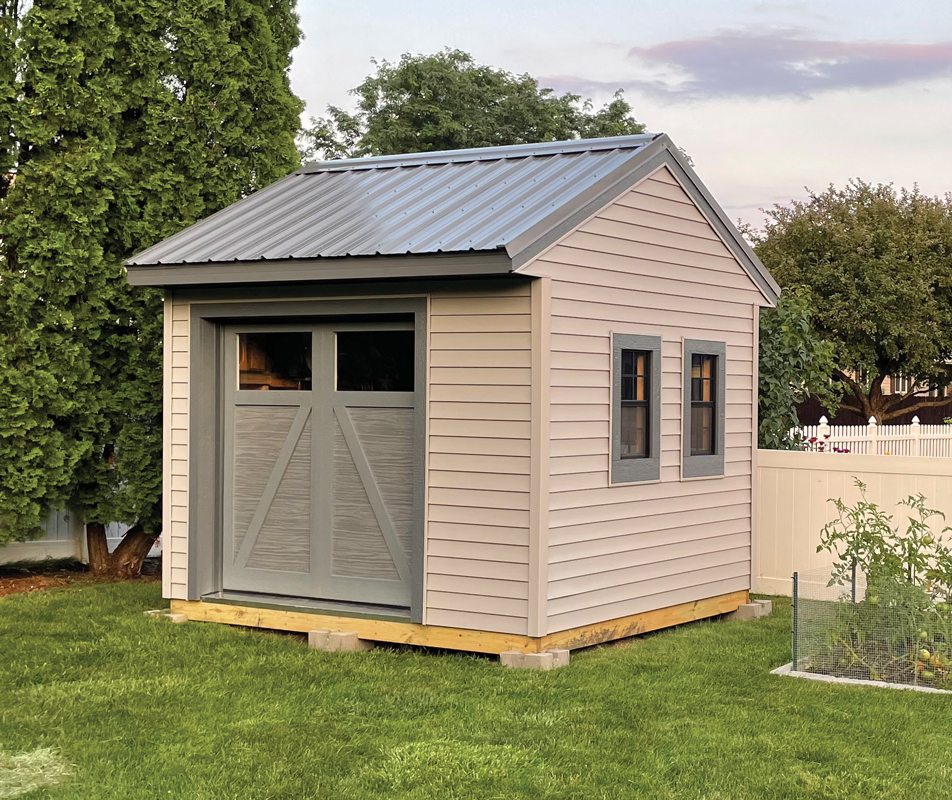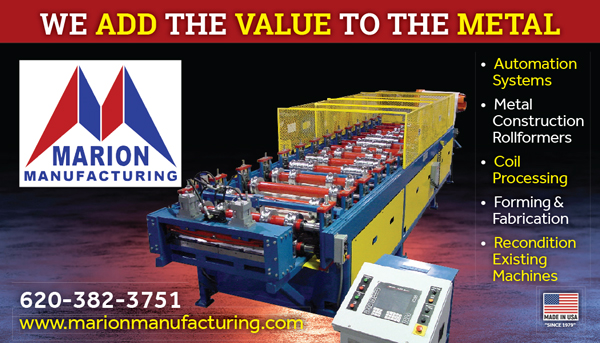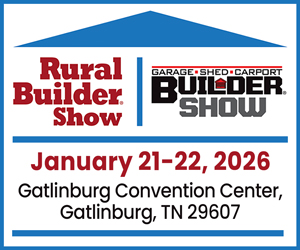By Nick Warrick
Building activities on land equal to or greater than one acre and less than five acres often face constrained resources compared to larger construction sites. With limited budgets, a workforce, and expertise dedicated to safety, fewer eyes and hands may be available to monitor and address potential safety hazards effectively.
Big construction sites have dedicated departments for planning and enforcing safety measures in the sites. These safety regulations are studied according to the needs and risks that will be present on the site.
Smaller construction sites typically don’t have the luxury of having this dedicated department. Generally, smaller construction sites can adapt safety measures being used in bigger construction sites, but here is the risk: situations aren’t always the same. In adapting safety measures, it’s important to have the safety measures tailor-made for smaller construction sites.
Tailoring Safety Measures for Smaller Construction Sites
It’s important to tailor safety measures for smaller construction sites to ensure:
• Worker safety
• Compliance with regulations
• Risk mitigation
• Continuous improvement
Smaller construction sites may not have the necessary safety gear and training to prevent workplace injuries and fatalities. They may also have slippery surfaces and trip hazards, and lack fall prevention measures, which may jeopardize workers’ safety and cause expensive fines. Understanding the role of PPE in improving workplace safety is also fundamental to prevent workplace injuries and fatalities.
You need to tailor safety measures for smaller construction sites by protecting your construction workers, keeping the general public safe, and minimizing response time in cases of emergency.
Common Risks and Hazards That Workers Face
Let’s consider these common risks and hazards so you are better placed to provide all-around protection for your construction workers. Here are the common risks and hazards that workers in smaller construction sites face:
Falls From Heights
While construction workers are on ladders, scaffolding, or roofs, they risk falling, especially when no proper fall protection measures are in place.
Slips and Trips
Be on the lookout for items and substances that may cause tripping and slipping, such as mud, debris, oil spills, water, dust, gravel, wires, cables, plastic wrappings, grease, cords, plant debris, sloped walking surfaces, and gaps in walking surfaces.
Moving or Lifting Heavy Materials Manually
When construction workers lift and move heavy construction materials, they can sustain injuries such as muscle and joint strains that are detrimental to their health.
Excessive Noise
Construction workers are constantly exposed to noise from nail guns, electric grinders, bulldozers, chainsaws, forklifts, jackhammers, and other equipment. These equipment produce decibels that can cause hearing loss with just an hour of exposure each day.
Falling Objects
Falling objects pose a significant risk to construction workers. These objects can fall from heights or be propelled by machinery, causing significant injuries to workers, especially when they’re working beneath cranes or scaffolds, or during overhead construction activities.
Electrical Hazards and Burns
Construction near overheads, faulty cables, or buried power lines can cause shock, burns, and electrocutions. Welding metals generates heat, which can cause burns if construction workers aren’t wearing PPE.
Strategies for Adapting Safety Protocols
Adapting safety protocols to compact environments on construction sites requires careful planning and implementation to ensure workers’ well-being and mitigate risks. You must conduct a comprehensive risk assessment of the compact environment to identify potential hazards and their severity. This includes assessing the limited space and planning on the appropriate safety measures to put in place.
Once you have assessed the space, you need to customize safety plans that outline specific safety measures, procedures, and controls to mitigate identified risks. Optimize workflows and processes to minimize unnecessary movement or repositioning of workers, equipment, or materials within compact environments. Plan and sequence tasks to maximize efficiency while reducing congestion and potential collisions.
Essential Safety Equipment and Gear
1. PPE includes correct protective gloves, helmets, respirators, eye and face protection, and boots.
2. Hard hats to protect workers from head injuries caused by falling objects
3. High-visibility clothing, especially in low-light areas with moving vehicles or equipment.
4. You should also provide safety goggles to shield workers’ eyes from flying debris, dust, chemicals, and other hazards present on construction sites.
5. Provide earplugs or earmuffs to protect workers from excessive noise levels.
6. Respirators to prevent inhaling harmful airborne particles present on construction sites.
7. Sturdy, slip-resistant safety boots with reinforced toe caps to provide protection against potential foot injuries.
8. Provide enough harnesses, lanyards, lifelines, and anchor points to prevent falls from elevated surfaces.
9. Educate your workers on the importance of using safety barriers and signage for safety awareness.
Challenges and Solutions in Adapting Safety Measures
Adapting safety measures for smaller construction sites means making the regulations specifically appropriate for the size and budget of a construction project. It’s not always easy. That’s why knowing the challenges and coming up with solutions is essential. This will not only make the sites safer but also increase workers’ productivity, morale, and overall job satisfaction.
Challenges
Challenges in adapting safety measures in smaller construction sites include:
• Inadequate training
• Inadequate risk assessment
• Lack of resources on-site
• Lack of communication on Construction Site
• Lack of effective supervision
• Shortage of safety and health specialists
Solutions
Once construction firms realize these are the challenges in smaller construction sites, they will be more likely to find lasting solutions for their workers and the general public.
• Training Training, for example, will help workers identify risk factors and appropriate safety measures to implement. These trainings will enable your workers to learn how to protect themselves on these sites. It is essential to train them about safe ways to use this equipment to protect them from carpal tunnel, tendonitis, elbow epicondylitis, and straining their backs.
• Ergonomic Innovations: Considering human factors, such as posture, movement, and physical strain, in designing tools, equipment, and workspaces is a vital construction safety consideration. It improves comfort, reduces fatigue, increases productivity, and minimizes the risk of musculoskeletal injuries and repetitive strain.
• Comprehensive Risk Management: Conducting comprehensive risk assessments will help you identify potential risks and implement appropriate safety measures to mitigate them.
• On-Site Resource: Ensure sufficient on-site resources for your workers, such as safety equipment, tools, and materials, to enhance their safety.
• Communication at Construction Site: Effective communication strategies are crucial at construction sites to ensure safety measures are understood and followed. Regular briefings, clear signage, and open lines of communication prevent accidents and clarify roles and responsibilities for safety.
• Effective Supervision: Supervisors play a crucial role in monitoring and enforcing safety protocols, guiding workers, and promptly addressing safety concerns.
• Safety and Health Specialists: Having qualified specialists on-site helps ensure compliance with OSHA safety regulations and provides valuable guidance in addressing safety challenges.
Nick Warrick is the Sales Manager at All Seasons Uniforms (allseasonsuniforms.com). With over 15 years of experience in the work uniform business, he has worked with over 100 clients across 20 different industries. Holding bachelor’s degrees in both Business Administration and Information Technology, Warrick revamped the company’s online presence, offering its customers a new uniform shopping experience. GSCB




